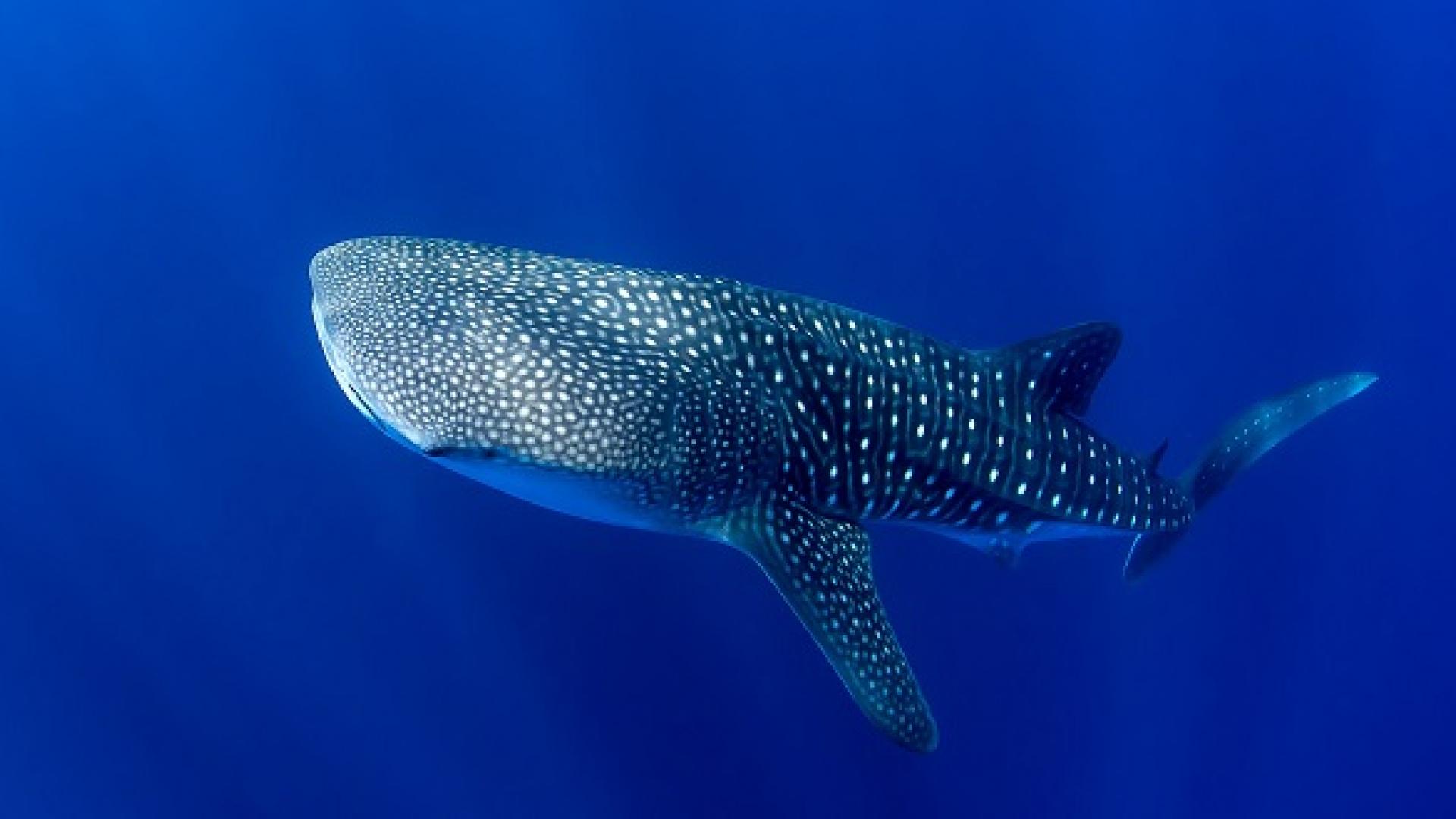© 2016 Tane Sinclair-Taylor
Despite being the largest known fish in the sea, little is known about the world’s population of whale sharks. Scientists at KAUST are conducting ongoing research into the Red Sea’s population to determine more about these elusive creatures and inform future conservation efforts.
Whale sharks live predominantly in open seas of the tropics, traveling long distances to feed on plankton. They are known to group together in aggregations at certain times of the year, although the exact purpose for the gatherings is unclear. In the Red Sea, whale sharks aggregate at Shib Habil, a small reef just off the Saudi Arabian coast, from March to May.
“There are around a dozen aggregation sites scattered across the globe, and each one is a small piece in a very large puzzle,” said Jesse Cochran from the University’s Red Sea Research Center, who is working on the project with colleagues Michael Berumen and Royale Hardenstine, in collaboration with scientists in the U.S. “Describing and comparing the sub-populations at these sites helps us to figure out how the individual aggregations fit into the species’ global ecology.”
Read the full article

